According to the provisions of Clause 1 and Clause 2, Article 113 of the 2019 Labor Code, employees who have worked for 12 months for an employer are entitled to annual leave with full pay according to the labor contract.
Specifically, 12 days off for workers working in normal conditions; 14 days off for underage workers, workers with disabilities, workers in arduous, toxic, or dangerous occupations; 16 days off for workers in especially arduous, toxic, or dangerous occupations.
At the same time, for every 5 years of working for an employer, the number of annual leave days of employees according to the above regulations will be increased by 1 day accordingly.
For employees who have worked less than 12 months for an employer, the number of annual leave days is proportional to the number of months worked.
Thus, in case an employee takes annual leave according to the above regulations, he/she will be paid full salary.
In addition, according to Clause 3, Article 113 of the 2019 Labor Code, in case of resignation or job loss without taking annual leave or not taking all annual leave days (in practice often called annual leave days), the employer shall pay salary for the days not taken.
So, in reality, two cases can occur:
1. Employees who quit their jobs or lose their jobs but still have remaining annual leave days
In this case, the company must pay for the annual leave days that the employee has not taken.
Pursuant to Clause 3, Article 67 of Decree 145/2020/ND-CP, the salary used as the basis for payment to employees for days of annual leave not taken is the salary according to the labor contract of the month preceding the month the employee quits or loses his/her job.
2. Employees with excess annual leave days and still working
If an employee requests annual leave; however, the company does not approve the annual leave (for legitimate reasons) and the employee agrees to work during those days, the company must pay the salary for the untaken annual leave days.
Pursuant to Point c, Clause 1, Article 98 of the 2019 Labor Code, employees working on annual leave will be paid by the company at least 300% of their salary (not including annual leave salary for employees receiving daily wages).
Also according to the 2019 Labor Code, employers are responsible for regulating annual leave schedules after consulting with employees and must notify employees in advance. Employees can negotiate with employers to take annual leave in multiple installments or combine leave for up to 3 years at a time.
Based on the above regulations, employees can negotiate with employers to transfer this year's leave to next year.
Accordingly, whether or not to transfer leave to the following year will depend on the agreement between the employee and the employer and this is not the default right of the employee.
Clause 1, Article 48 of the 2019 Labor Code stipulates that within 14 working days from the date of termination of the labor contract, the two parties are responsible for fully paying all amounts related to the rights of each party, except in some special cases where the payment period may be extended but not more than 30 days.
Accordingly, the company must pay the remaining leave allowance to the employee within 14 working days from the date of termination of the labor contract.
If the company falls into one of the following cases, the payment deadline for remaining leave will be extended from 14 working days to 30 days:
- The employer is not an individual who ceases operations;
- The employer changes structure, technology or for economic reasons;
- Enterprises are divided, separated, merged, consolidated; sold, leased, converted; transferred ownership or right to use assets;
- Due to natural disasters, fires, enemy attacks or dangerous epidemics.
The remaining annual leave upon termination of employment will be paid by the employer together with salary and benefits upon termination of employment.
Minh Hoa (t/h)
Source

















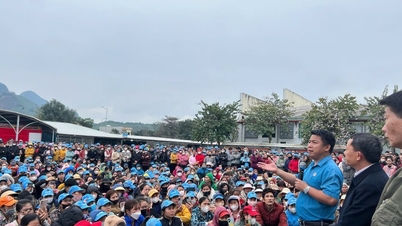
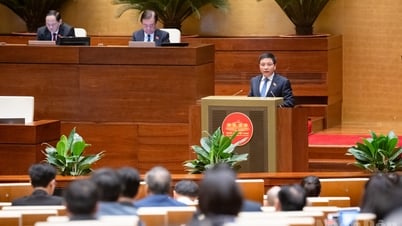







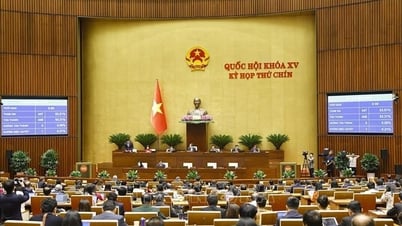





























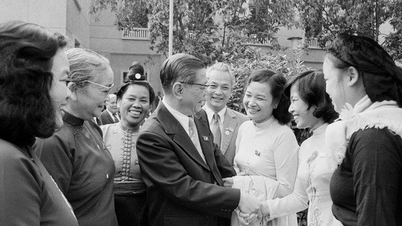





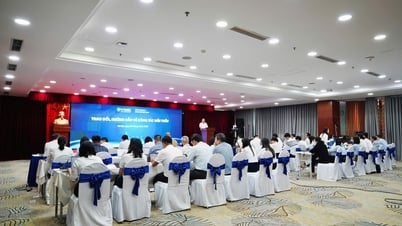




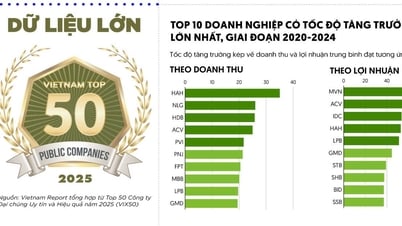











































Comment (0)